I'm trying to create a 1hz sine wave oscillator. This is my current design:
Frequency is given by:
f = 1/(2pi*RC)
where
R = Rs = Rp
C = C1 = C2
For a frequency of 1hz, RC has to be:
1/2pi
The current values of R and C are pretty close to 1/2pi:
R2/R1 is loop gain, and I've set it quite high as a larger loop gain makes the oscillator start quickly (if it was slightly above 2, it takes ages to generate the oscillation).
The sine wave in the design is heavily distorted, and it's difficult to measure the actual frequency - The frequency counter doesn't show anything (I'm assuming it's because the frequency is too low, or the waveform is too distorted), and the oscilloscope doesn't plot the wave for long enough for me to calculate frequency manually (by measuring the period), it always disappears (I think the calculations are too long).
This is what the oscilloscope outputs:
(That's about as much as it will plot before the wave disappears and is plotted again)
I would just like to know, is there a better way to try create a 1hz sine wave oscillator, or is there a way to tweak my current design to reduce the distortion, and hopefully get an accurate reading of the frequency using multisim somehow.
Thank you!



